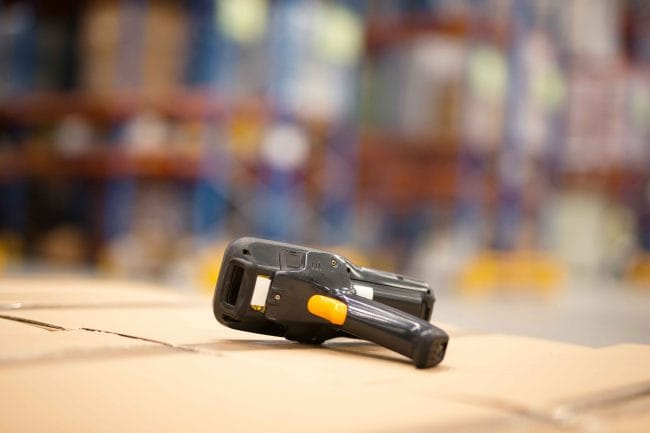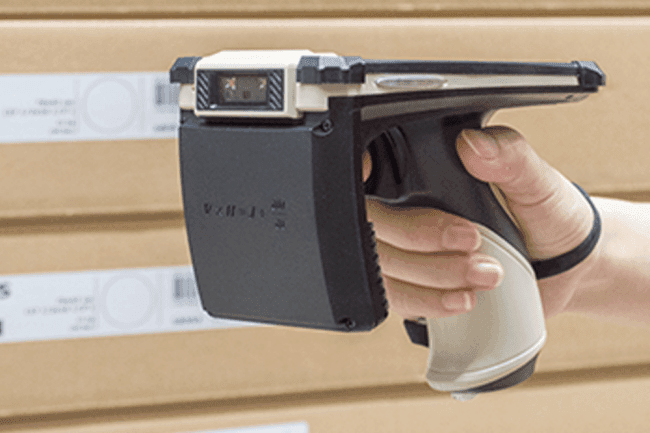One of the popular uses of RFID is for tracking purposes, so the RFID handheld terminal is an important tool for achieving targets. RFID technology has been around for several decades. However, it has only recently been widely adopted in various industries.
In this article, we will explore the capabilities and benefits of RFID handheld terminals and why they are an important asset for businesses looking to streamline their operations and improve efficiency.
What is an RFID Handheld Terminal?
An RFID handheld terminal is a handheld device that uses radio waves to communicate with RFID tags attached to objects. The device typically includes a display screen and a keypad for data input. It reads and writes data using various frequencies.
RFID handheld terminals are used in a wide range of industries, from healthcare and retail to logistics and manufacturing. They are often used to track inventory, monitor assets and manage workflows, among other applications.

How Does an RFID Handheld Terminal Work?
An RFID handheld terminal works by sending a radio signal that is received by the RFID tag. The tag then responds with its unique identification number, which is transmitted back to the handheld terminal. Depending on the use case, the device can read data such as product information or location and write it to the tag.
RFID handheld terminals can use different frequencies depending on the application. For example, high frequency (HF) RFID is often used to track items in retail stores, while ultra-high frequency (UHF) RFID is more suitable for tracking items in large warehouses or outdoor environments.
Benefits of Using an RFID Handheld Terminal
There are many benefits of using RFID handheld terminals in various industries. Some of the most important benefits include:
Increased Efficiency:
By using an RFID handheld terminal, businesses automate many manual processes such as inventory tracking and asset management. This significantly reduces the time and resources required to complete these tasks. This leads to increased efficiency and productivity.
Real Time Data:
RFID handheld terminals provide real-time data on inventory levels, asset locations and other metrics. This data is used to make informed decisions about operations. It helps businesses identify potential problems before they become major issues.
Enhanced Accuracy:
Because RFID technology does not rely on line-of-sight communication, it can read through materials such as cardboard, plastic and even metal. It makes handheld terminals more accurate than traditional barcode scanners that require clear line-of-sight for the barcode.
Increased Security:
RFID handheld terminals are used to track assets and prevent theft or loss. By attaching RFID tags to valuable items, businesses can track their location and ensure they are not removed without authorization.

Applications
RFID handheld terminals are used in a variety of industries and applications, including
Retail RFID handheld terminals can be used in retail stores to track inventory levels, monitor product movement and prevent theft.
Healthcare RFID handheld terminals help healthcare facilities track medical equipment, monitor patient movement and ensure regulatory compliance.
Logistics: RFID handheld terminals can be used to track packages, monitor shipment locations and manage inventory levels in warehouses.
Manufacturing: RFID handheld terminals help manufacturers track work-in-progress (WIP) inventory, monitor product quality and ensure compliance with regulatory standards.
